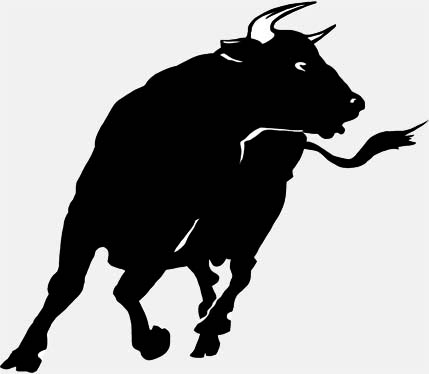
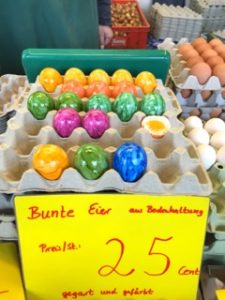 Everywhere they tempt at Easter to purchase, the pretty colorful dyed eggs. Described as “indoor” or “free-range eggs”. That sounds really quite good. In most cases, it is not verifiable. These eggs have very rarely a stamp. This is surprising, because since 1 January 2004, the EU Regulation shall apply to the marking of eggs. Thus, each egg of class A needs (table eggs for households) are stamped with the producer code and also on the packaging of the farming method for these eggs must be specified.
Everywhere they tempt at Easter to purchase, the pretty colorful dyed eggs. Described as “indoor” or “free-range eggs”. That sounds really quite good. In most cases, it is not verifiable. These eggs have very rarely a stamp. This is surprising, because since 1 January 2004, the EU Regulation shall apply to the marking of eggs. Thus, each egg of class A needs (table eggs for households) are stamped with the producer code and also on the packaging of the farming method for these eggs must be specified.
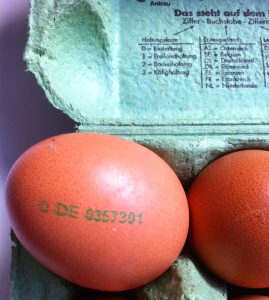 Just as in this egg: The detailed explanation of the code generator is usually in the lid of egg cartons:
Just as in this egg: The detailed explanation of the code generator is usually in the lid of egg cartons:
1 = free range
2 = Bodenhaltung
3 = cages
2. Countrycode
Two letters for the EU – Member State in which the egg was produced, for example:
AT = Austria
BE = Belgium
DE = Germany
NL = Netherlands
sometimes even an “I” found on the egg, then it came from Italy.
3. Identification of the farm
Each Member State has a system in place with the producer companies is assigned a unique number. It can further points are added to identify individual stocks / stables.
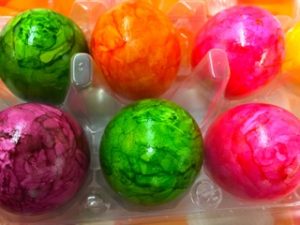 These eggs are, however, not stamped and it works. They are considered processed and processed eggs are not affected by the EU labeling requirements. A small loophole. For consumers, it means he can assume the worst category:
These eggs are, however, not stamped and it works. They are considered processed and processed eggs are not affected by the EU labeling requirements. A small loophole. For consumers, it means he can assume the worst category:
Category 3 – Caging: 800 square centimeters per hen. Minimum size of the cage 2.5 square meters.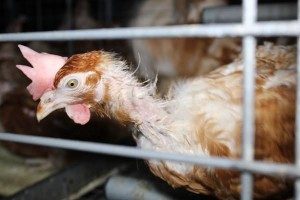 The chicken in as a “cell” then looks like this. His roommate at least has ‘eaten’ from her. The animals are under constant stress and nibble on each other. Through his daily egg-lay-duty it also couldn’t get enough protein. So far, this problem could not be solved with appropriate food. Thus, the chicken gets the missing protein at his colleagues.
The chicken in as a “cell” then looks like this. His roommate at least has ‘eaten’ from her. The animals are under constant stress and nibble on each other. Through his daily egg-lay-duty it also couldn’t get enough protein. So far, this problem could not be solved with appropriate food. Thus, the chicken gets the missing protein at his colleagues.
Or Category 1 – free range: here comes the deep litter nor the access to the outside added. But the outdoor area must be covered and evenly distributed over the entire surface with eg Like bushes, hedges, corn be covered. Chickens are always afraid of attacks by other animals. They need protection and hiding places or they do not trust themselves only to the outside. The offer many free-holder animals not given at all. In this respect, it also benefits nothing when the spout is fully accessible daily, the animals do not trust yourself out. In the barn outlet size is 4 square meters / animal.
Category 0 – Organic production: Six hens per square meter are allowed. In buildings with multiple floors (the rule) 12 hens per square meter. Maximum group size: 3,000 laying hens. Outlet as free range (4 sqm / animal). It may only be used organically produced food from genetically unmodified products.
Tags: Farming code on Eggs






